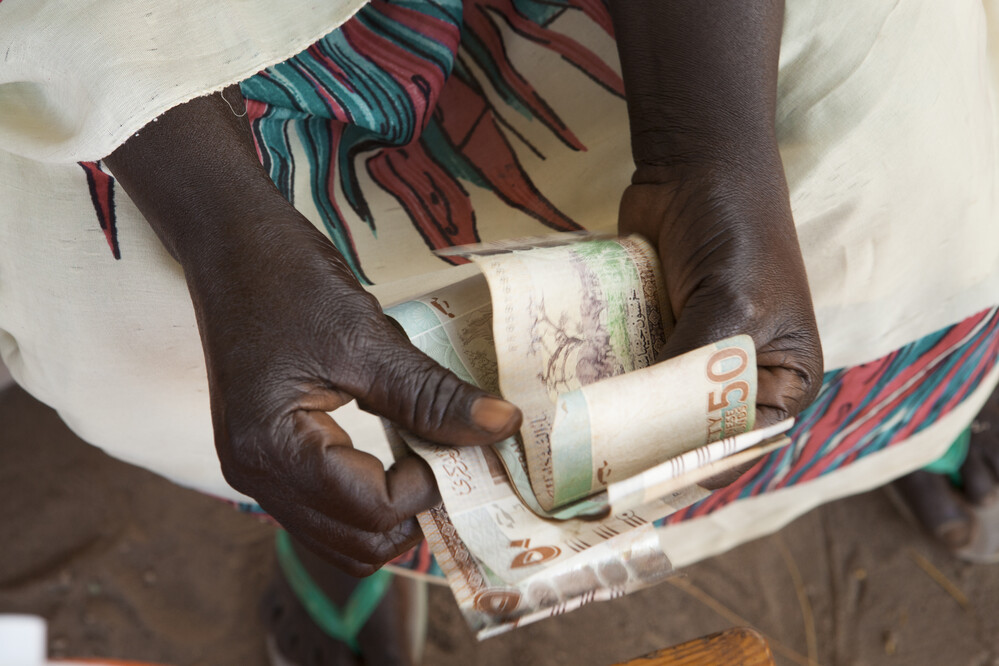Background note for the Committee on World Food Security’s High-Level Forum, October 2025, Rome, Italy.

Sudan. November 2017. Women of the “Sauda” saving group of Wad Azzibir village in a meeting with representative of ABSUMI rural finance wait to pay their mortgage monthly payment.
©IFAD/Marco Salustro
The outlook for food security and nutrition (FSN) is worsening globally, with over 2.3 billion people moderately or severely food insecure in 2023, yet available resources to finance FSN are increasingly constrained.
Adequate financing is key to ending hunger and malnutrition, as well as to achieving climate and biodiversity goals, improving livelihoods and reducing inequalities. The CFS High Level Forum on Strengthening responsible for investment and financing for FSN, held during Plenary in 2025, is an opportunity for policymakers, members and stakeholders to reflect on the status of financing for FSN and to discuss policy pathways to address funding and investment gaps for sustainable and inclusive food systems.
The upcoming HLPE-FSN background note aims to inform deliberations and ground discussions in a common evidence base. To do so, the note assesses the status of major financial flows to FSN and reviews the range of estimates for the cost of ending hunger.
The note highlights three main pathways to strengthen financing for FSN: establish better data and common objectives to monitor progress; use available resources effectively to optimize outcomes and policy coherence; and mobilize new sources of finance to increase overall resources available for FSN. Finally, the note highlights the role of the CFS in supporting these policy pathways, highlighting the value of its multi-stakeholder engagement, coordination function, and policy convergence processes.
The CFS has a catalytic role in strengthening finance for food security and nutrition, by
Download the annex to access the explanatory notes on the data used for figures and tables in the main text of the background note.
Table 1 in the main text includes selected financial flows and investments in food security and nutrition by major region. The data note provides further information on the sources used, the scope of the figures, how data was processed, and how regional classifications are aligned.
Figure 2 in the main text displays cost estimates to end hunger and achieve related goals. The data annex provides all references, presenting information from the sources on the annual cost, as well as further information available on the timeframe covered, food security and nutrition goals targeted, interventions covered, and expected sources of funding.
Read the related blog "Financial solutions for food security and nutrition: insights from the CFS Collaborative Governance Dialogue"